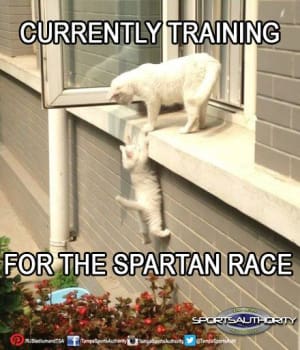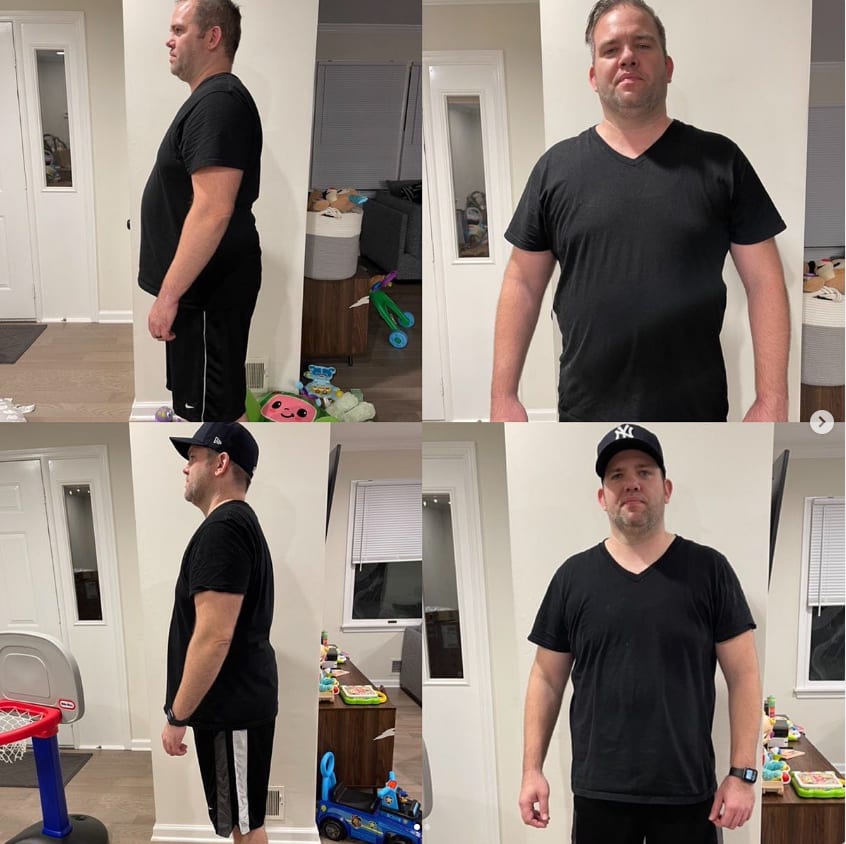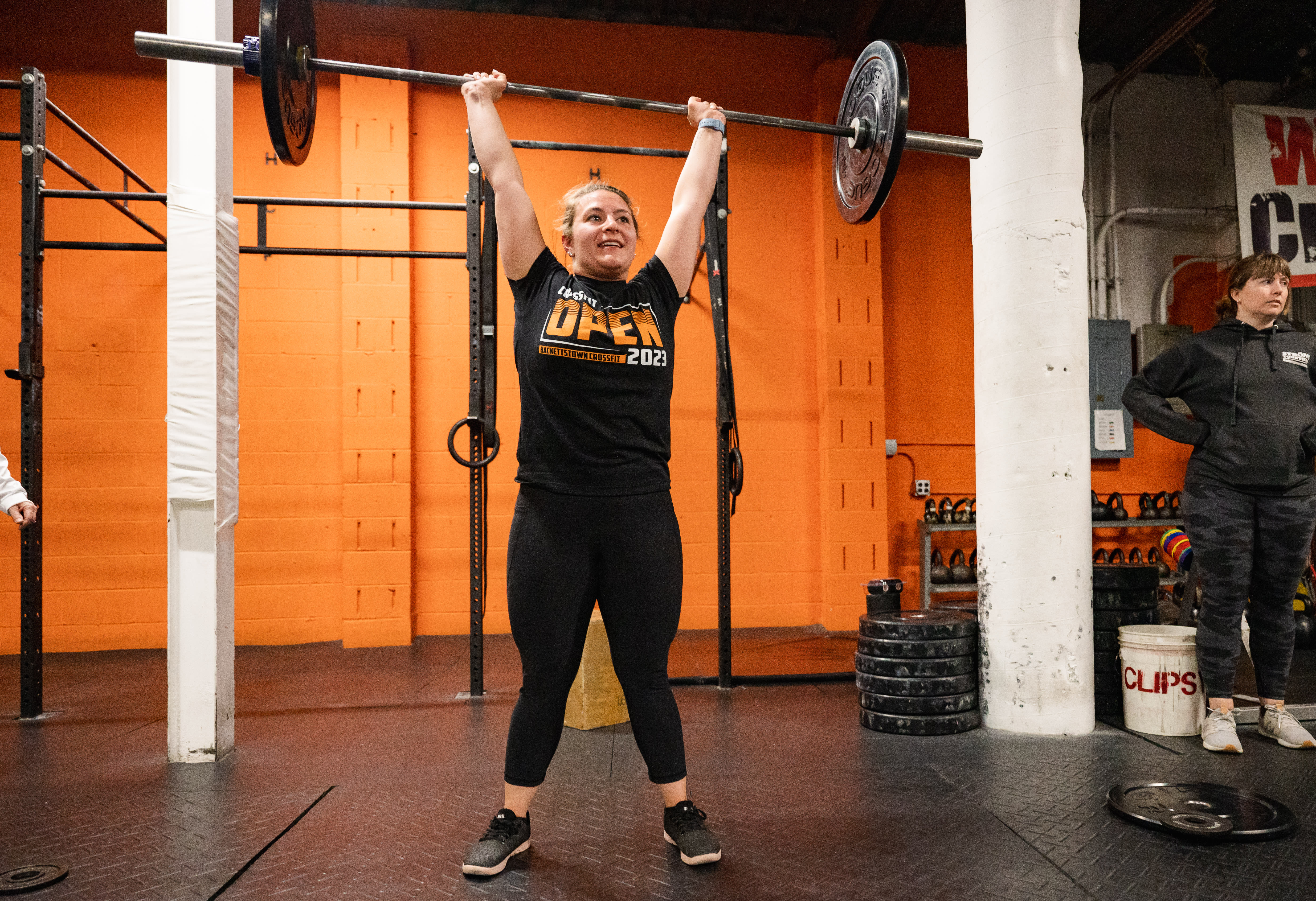
Some of you have asked about ways to prepare for, or even what an obstacle race is. Today I am going to answer both of those questions. An Obstacle Course Race (OCR) is an event that spans a set distance with varying terrain and challenges (i.e. ring obstacles, wall climbs, heavy carries, spear throws, tire flips etc.) with time or even just completion being the goal. It is a mental challenge, as well as a highly physical one, and while it can be a lot of work it can also be a lot of fun. I know of many people who started out with a short mud run and got bitten by the bug, and now dedicate themselves to numerous Spartan Races a year.
What are some ways I can prepare for an OCR? Continue to go to class regularly. It’s so important. It has helped me immensely in preparing for these races. Many of the skills we learn in class directly translate to the OCR course. The grip intensive workouts and strength training help with heavy bucket carries and the various rigs you will have to scramble over out on the course. Mobility helps us be more flexible and agile, and the cardio we do helps with the running and sustained endurance you need. In addition to going to class regularly, there are other things you can do to help you prepare.
Regularly trail running before an event will make it easier, less hazardous, and less work. Trail running once a week will make the world of difference even just two months out. The more you trail run, the better you get at it. Learning footwork through rock gardens as well as training the uphills and downhills are great preparation for a race. Rock gardens are the patches of rock you will find in the woods and are the first to claim an ankle. I usually train through rock gardens with short steps but always looking ahead to move through them as proficient as possible. Uphill running is short steps but explosive to make it to the top and not expend too much energy this also can slow to a power hike. The downhills are a different variable. Steep downhills (also rocky) may require shorter strides even some bounding to get down but not locking the leg out causing fatigue or knee injury. Less steep hills can allow for a longer stride and more speed. Flat areas are just a run, you always run when you can. Running to the obstacles should be the easy part, obstacles are very dependent on the race you are doing. Most races focus on grip. We can work grip through several routes. For a race I like to work with heavy carries (farmers carries, also a bucket of rocks) I also focus on pull ups to help with rings and wall climbs. There can be classic obstacles involving atlas stones that affect grip for obstacles coming like a rope climb. Practice rope climbs. Leg strength is key for all this whether it be jumping over a wall, climbing a rope, pulling a sled or carrying an atlas stone. Workouts for me would be heavy carries, squats, pull-ups, heavy lunges and some distance training.
Training for my Ultrabeast peaked at about 18 miles of trail running with several steep climbs and getting used to long distance with little water (I am in no way advising this I was training for it). Nutrition on race day and leading up is key, LIke we say at the box to always drink water the same follows here. You should be drinking water regularly and the right amount, getting the body hydrated makes a race easier. Maintaining a proper and steady diet up to the day and the day of is also key. This keeps the body steady. On course nutrition is subjective to distance and person. I say anywhere up to 10 (or more than 4 hours) miles you’re fine any distance further I suggest bringing maybe quick nutrition like a product such as clif shotblox or any high calorie small product. In a longer distance a pack with snacks works, with the Ultrabeast I had a water pack with powder that was basically instant calories to help me through 27.6 miles. There are products out there for cramping (nuun tablets) look into those.Nutrition is a huge part of making a longer one of these races even a shorter one. So in short eat clean and eat for the event you are doing.
Get to your race prepped and with a smile. Run hard and fast move through obstacles with purpose. Have fun and enjoy the company of everyone out there trying their hardest with you. That’s the best feeling of all.
-Coach Nate




